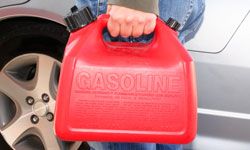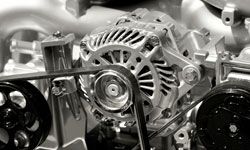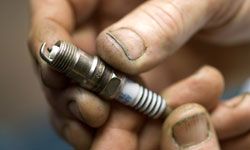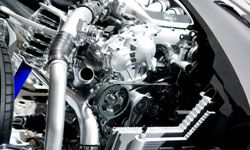More than two centuries have passed since humans first started using engine-driven devices to do work. And from the first steam locomotives to today's gas/electric hybrid cars, our development of motorized transport has had a parallel string of innovation: Engineers continuously work to make our engines run more efficiently.
For as long as consumers have complained about gas prices, there has been an army of inventors offering devices to stretch our mileage further. Innovations such as electronic fuel injection and the use of lighter, stronger internal components made great forward strides in fuel efficiency. It's no wonder that these have become standard features -- often government-mandated -- on most modern cars and trucks. But other inventions have turned out to be hoaxes that do little for fuel efficiency and, in some cases, can actually hurt a vehicle's mileage and cause dangerous engine damage.
Advertisement
There's a veritable sea of fuel-saving devices on the market, and while most of them sound great, many offer little -- if any -- benefit for what they cost. It's sometimes difficult to separate the truly useful devices from the not-so-great ones, so read on to learn more about popular fuel-saving hoaxes and how they work.





